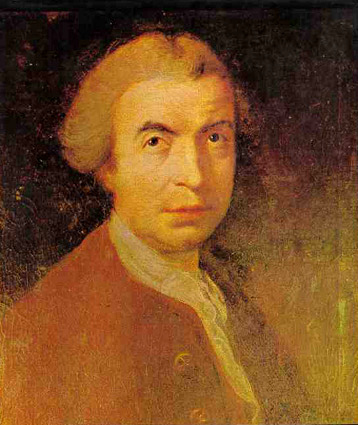Leon M. Lederman, p.103 The God Particle: If the Universe is the Answer, what is the Question? (1993) https://books.google.hr/books?id=-v84Bp-LNNIC
Context: The phrase "ahead of his time" is overused. I'm going to use it anyway. I'm not referring to Galileo or Newton. Both were definitely right on time, neither late or early. Gravity, experimentation, measurement, mathematical proofs … all these things were in the air. Galileo, Kepler, Brahe, and Newton were accepted - heralded! - in their own time, because they came up with ideas that scientific community was ready to accept. Not everyone is so fortunate. Roger Jospeh Boscovich … speculated that this classical law must break down altogether at the atomic scale, where the forces of attraction are replaced by an oscillation between attractive and repulsive forces. An amazing thought for a scientist in the eighteenth century. Boscovich also struggled with the old action-at-a-distance problem. Being a geometer more than anything else, he came up with the idea of "fields of force" to explain how forces exert control over objects at a distance. But wait, there's more! Boscovich had this other idea, one that was real crazy for the eighteenth century (or perhaps any century). Matter is composed of invisible, indivisible a-toms, he said. Nothing particularly new there. Leucippus, Democritus, Galileo, Newton, and other would have agreed with him. Here's the good part: Boscovich said these particles had no size; that is, they were geometrical points … a point is just a place; it has no dimensions. And here's Boscovich putting forth the proposition that matter is composed of particles that have no dimensions! We found a particle just a couple of decades ago that fits a description. It's called a quark.
Famous Roger Joseph Boscovich Quotes
Philip Ball, Critical Mass: How One Thing Leads to Another (2006).
"Boscovich's mathematics", an article by J. F. Scott, in the book Roger Joseph Boscovich (1961) edited by Lancelot Law Whyte.
"Transient pressure analysis in composite reservoirs" (1982) by Raymond W. K. Tang and William E. Brigham.
"Non-Newtonian Calculus" (1972) by Michael Grossman and Robert Katz.
Alfred Marshall Mayer, Lecture-notes on Physics (1868) Part 1 https://books.google.com/books?id=hqsLAAAAYAAJ
Niels Bohr, as quoted in Roger Boscovich The Founder of Modern Science by Roger Anderton and Dragoslav Stoiljkovich (2014).
